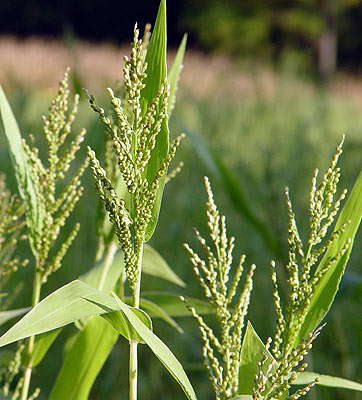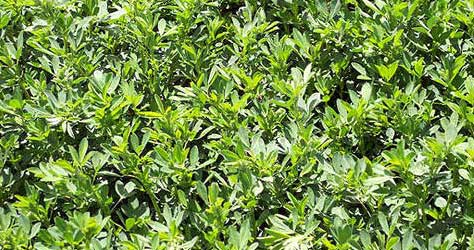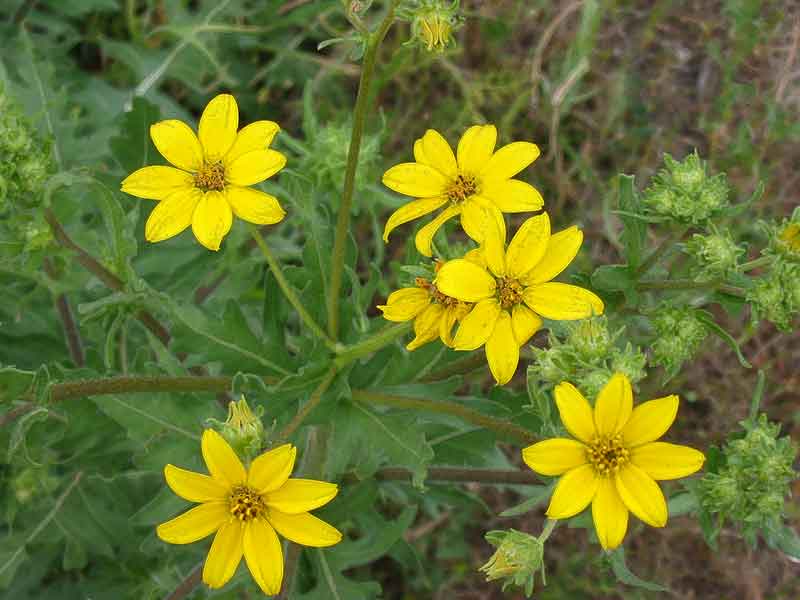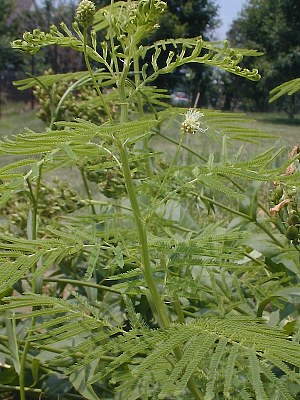Warm season annuals such as milo, millets, other sorghum varieties, and legumes, such as beans, peas, and lablab may be planted and southern latitudes after about mid-April for warm season food plots for white-tailed deer. Of course, don’t forget the biggest limitation on food plots — rain! Go for drought resistant plants every chance you get. For the best chance at success, located the richest soil/s on your property, properly prepare them for planting and get your seeds in the ground just prior to the growing season.

There are numerous plant species and even varieties of plant species available commercially that can work for plots intended for whitetail. All of these plants will grow, but they may not all be well suited to your area or even the soils found on your specific property. A good rule for food plots is to just keep in simple. Deer eat a tremendous number of plants, so just plant the one that is best adapted to your area. If you plant it (and it grows), they will come.
With that in mind, varieties of dry land alfalfa, a warm season perennial legume that comes back from the roots each year, or another grazing-type variety of alfalfa can be planted in food plots. An important thing to keep in mind, legumes have 20-30% protein content and fix nitrogen into the soil! That’s a double whammy considering the price of fertilizer.
As always recommended, planting a variety of these forages will increase the success of your food plot program. I would suggest a combination planting of 2/3 legumes and 1/3 grain sorghum is recommended for most warm season food plots where suitable soils exist.
But let’s not stop there. Food plots can also be planted with native perennial forb species. Illinois bundleflower, Maximillian sunflower, bush sunflower, and Engelmann daisy are relished by white-tailed deer. In addition, these deep rooted native plants are adapted to relatively low rainfall and a variety of soil types.
Combination plantings of these native perennial forbs is also recommended, but may take some additional preparation. Engelmann daisy is a cool season plant that should be planted in the late summer or early fall, even with your cool season plots. It can also be interseeded into an existing stand using a no-till drill, if available.
To plant Illinois bundleflower, Maximillian sunflower, and bushsunflower, begin your seedbed preparation the summer and fall prior to the scheduled spring planting. The seeds of these native plants are available from commercial seed companies, but there is a negative — they are more expensive than annuals. On the plus side, they re-establish each year, so choose wisely!




I live in central New Hampshire. This year I have purchased quite a variety of food plot seeds to hopefully attract some deer. My problem is that I don’t know when the best time will be to plant. It would be nice to get some deer coming in late spring and early summer, but as well as this fall. My list includes cowpeas, soybeans, turnips, sunflowers, rape, kale, and corn.
How do I know when to plant, so it will be most attractive and beneficial to the wildlife, especially deer? Should I plant at different stages of spring and summer? Most of this stuff matures rather quickly, so I think multiple plantings are possible, but at the same time I would rather keep the activity in the fields to a minimum. Maybe planting everything late May to early June is the way to go. Any thoughts? Thanks!
Jason, most of the plants you listed are considered warm season speices, so planting after the last freeze would be the way to go, except for rape and kale which do better in the fall (cool season), and may suffer during warmer temperatures. Since you are located so far north, I would suggest planting in late May or early June to get the most out of your seed combination.
The other strategy would be to plant everything except the rape and kale during the late spring, and then plant the cool season plants mixed with some wheat in early fall. Give it a shot and let me know how it goes!
I have a place in north central Texas. The climate is dry and hot. What would be the best to plant for my food plot for deer?